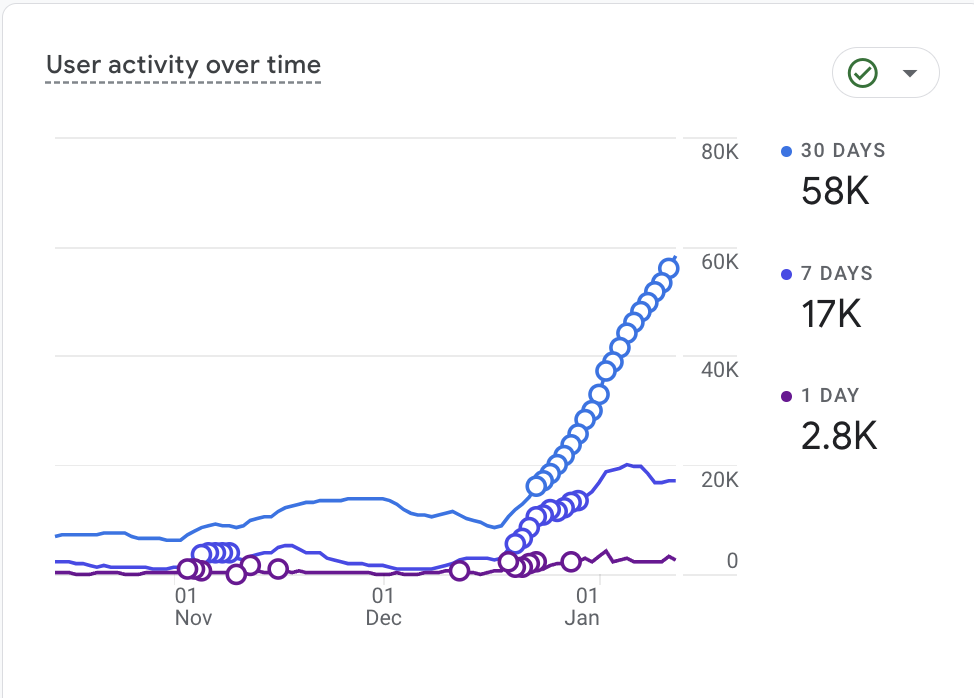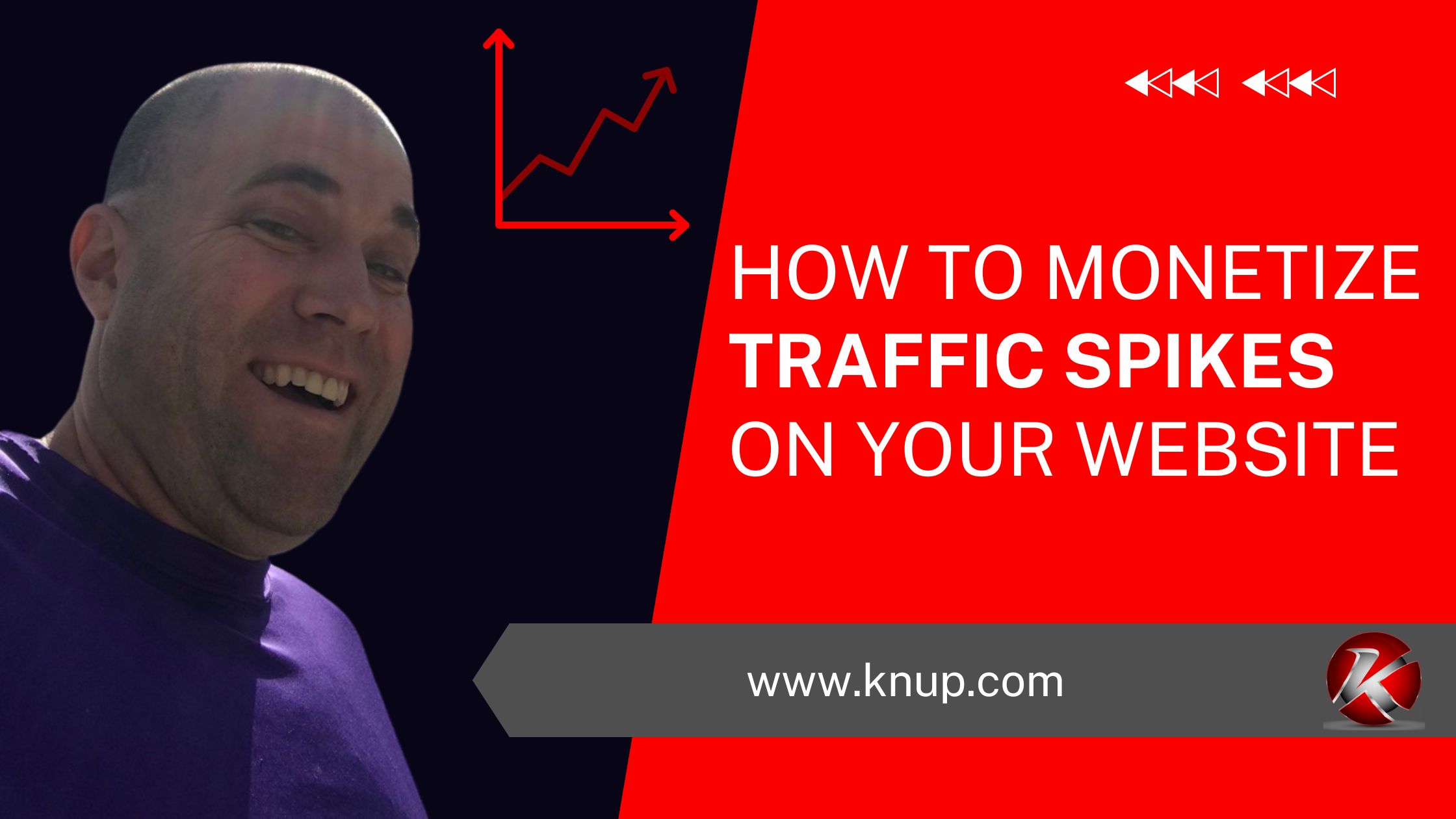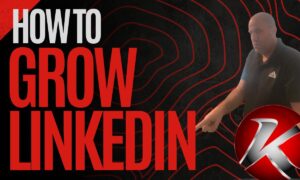A traffic spike is exciting. Seeing a sudden surge in visitors to your website feels like hitting a home run. But traffic alone doesn’t pay the bills—monetizing that traffic is what turns a nice graph into real revenue. Here’s some ways you can capitalize and monetize traffic spikes as they come in.
1. Understand the Source of the Spike
Before you can monetize a traffic spike, figure out where it came from. Was it a viral social media post, a well-optimized blog ranking high on Google, a paid advertising campaign, or perhaps a collaboration or partnership?
Understanding the source helps you tailor your monetization strategy. For example, traffic from social media might respond better to shareable products or content, while organic traffic might be looking for in-depth information or solutions.
2. Capture Visitor Information
Every visitor is a potential customer, but only if you have a way to reconnect with them. Use your traffic spike to grow your email list or build your subscriber base. Offering a lead magnet, such as a free eBook or guide related to the content driving the traffic, can be highly effective.
Strategically placed pop-ups and simple signup forms at the end of your blog posts or landing pages are also great tools. For instance, we focus on bringing visitors into our free sports business newsletter. Capturing this information ensures you can nurture these visitors into paying customers later.
3. Optimize Your CTAs (Calls to Action)
When traffic spikes, your calls to action (CTAs) should stand out and guide visitors toward your goals. Make sure your CTAs use clear, direct language like “Sign Up,” “Buy Now,” or “Learn More.” They should be visible and strategically placed above the fold and throughout your content.
Additionally, make them relevant to the page’s topic—for example, if visitors came for a sports betting guide, include a link to a sportsbook affiliate or tool. This ensures your CTAs are both effective and aligned with visitor intent.
4. Use Affiliate Marketing
Affiliate marketing is one of the simplest ways to monetize website traffic. Partner with relevant companies to promote their products or services, earning a commission for each sale made through your referral link.
Focus on products that align with the content driving the traffic. For example, if your spike came from a sports betting article, link to betting platforms or tools. Integrate these offers seamlessly using banners, text links, or product reviews.
Always track performance to see which affiliate links convert best and optimize your efforts accordingly. PS — you can see many of the partners we work with in an affiliate relationship here.
5. Display Ads Strategically
Display ads can turn traffic spikes into passive income, especially for content-heavy sites. However, it’s important not to overload your pages with ads, as this can turn off visitors. Instead, focus on placing ads strategically on the pages experiencing the spike.
Experiment with different placements, such as above the fold, within the content, and in the sidebar, to see what works best for your audience. Programs like Google AdSense, Mediavine, or Ezoic make it easy to get started and refine your approach over time.
As you can see below on our example from KnupSports.com –> we have put a relevant ad below the short player news article. This ad rotates through a number of options.
We use a WordPress plugin called “Advanced Ads” for our ad rotation. What do you use?

6. Promote Premium Content or Products
A traffic spike is a great time to promote premium offerings. Consider creating exclusive content, such as a members-only section or premium content behind a paywall. Digital products like eBooks, templates, or courses related to the spike’s topic can also generate revenue.
Alternatively, offer physical products, merchandise, or tools that align with your audience’s interests. Highlighting these options during traffic spikes ensures you capitalize on heightened visitor engagement.
7. Offer Sponsored Content or Partnerships
Brands love to partner with websites that drive traffic. Use your spike as leverage to pitch sponsored posts, sell ad space on high-traffic pages, or collaborate with brands for mutual promotion.
Reaching out to potential sponsors and showcasing the value of your audience is a great way to turn a traffic spike into lasting revenue opportunities.
8. Create Retargeting Campaigns
Most visitors won’t convert on their first visit, but you can bring them back with retargeting ads. Platforms like Google Ads and Facebook make it easy to re-engage visitors who’ve left your site.
Add tracking pixels to your site to capture visitor data, and create ads tailored to the pages or products they viewed. Offer incentives like discounts or exclusive deals to entice them to return and complete their action.
9. Analyze and Learn
Every traffic spike is a learning opportunity. Use tools like Google Analytics or heatmaps to analyze which pages drove the traffic, how visitors interacted with your site, and what actions they took. This data will help you refine your monetization strategies for future spikes and better understand your audience’s behavior.

10. Focus on Long-Term Value
Don’t let the traffic spike be a one-time win. Instead, focus on converting those visitors into long-term fans or customers. Engage them on social media, keep delivering high-quality content to encourage return visits, and build relationships through email marketing. By focusing on long-term value, you can turn short-term excitement into sustainable growth.
Conclusion on How to Monetize Traffic Spikes
A traffic spike is a gift, but it’s up to you to make the most of it. By taking action to monetize those extra visitors, you can turn short-term excitement into long-term growth. Remember, even small steps can make a big difference over time. What’s your next move to turn traffic into revenue?





















